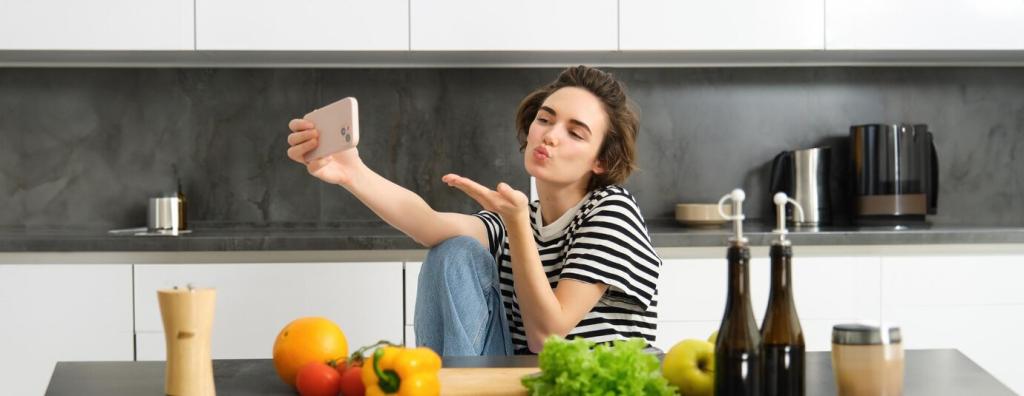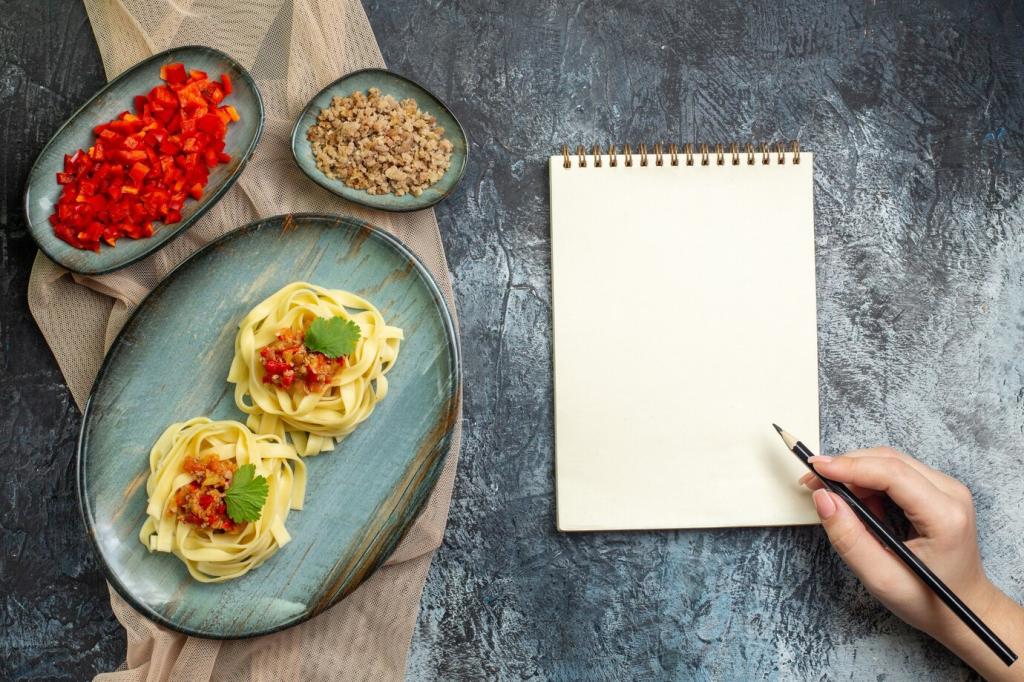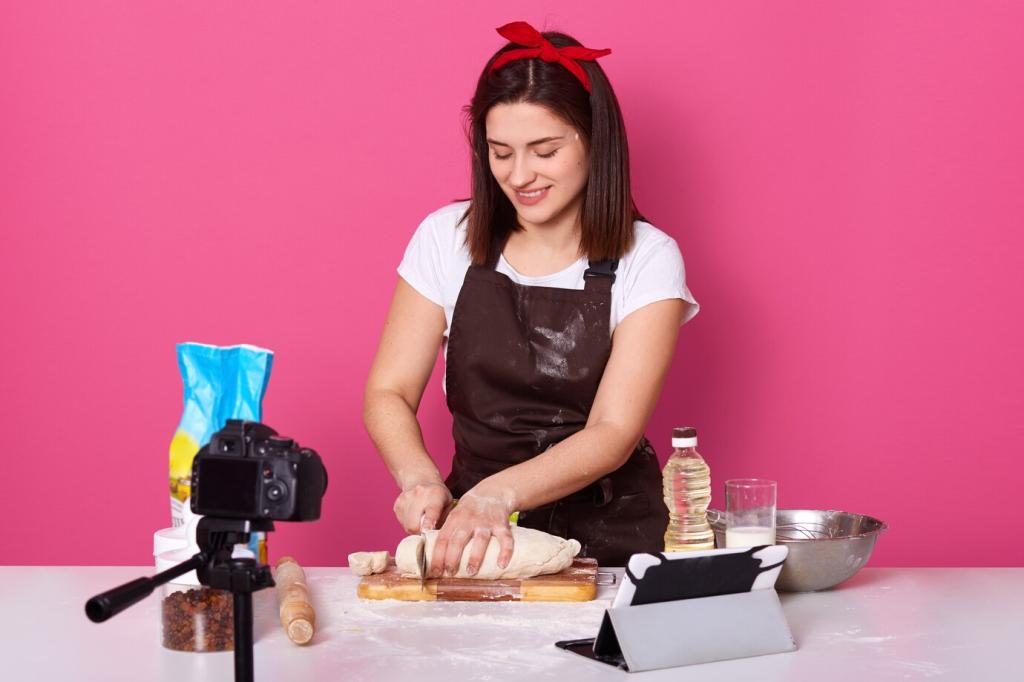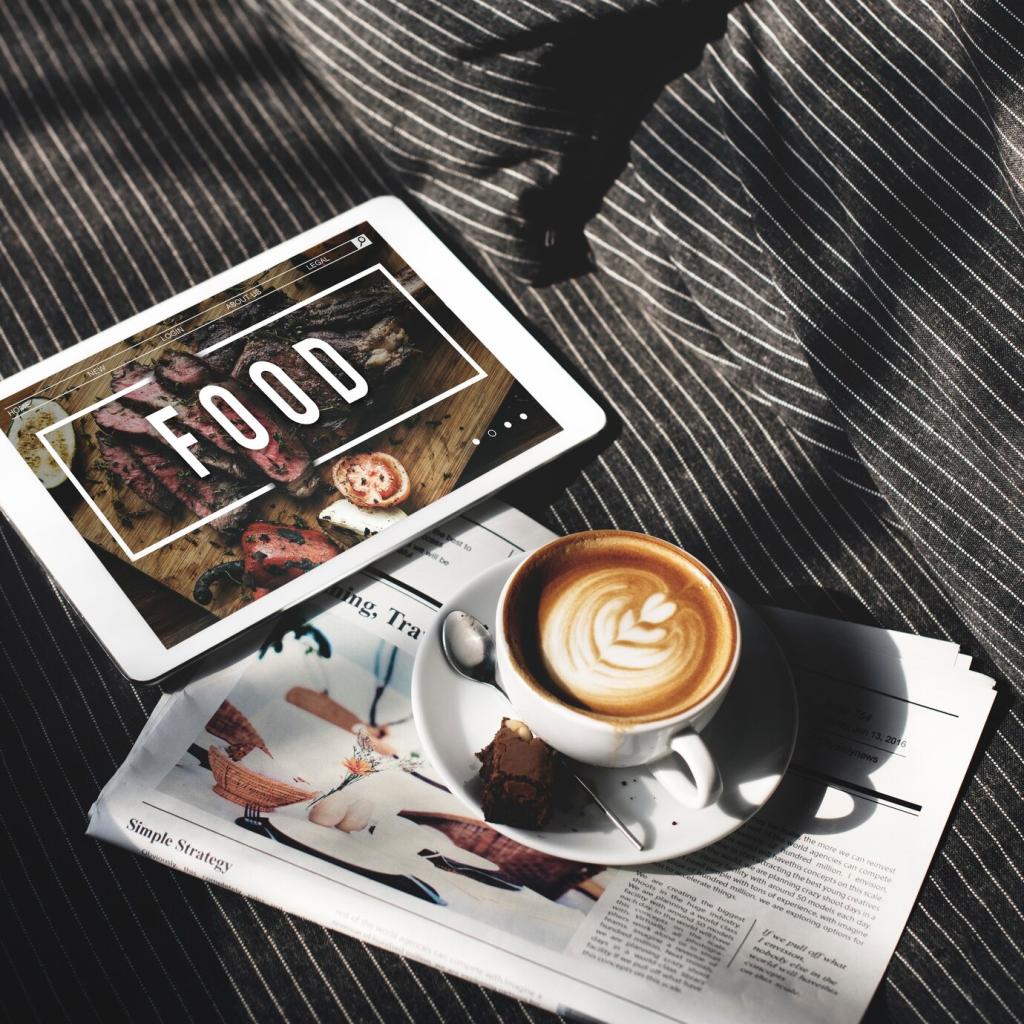Plating and Photography the Way Pros Think
Renowned chefs use negative space to let the dish breathe. Plate with intent, adding height and focal points. In photos, leave room around the subject and guide the eye with diagonals. Encourage subscribers to share their plating attempts.
Plating and Photography the Way Pros Think
Soft, indirect daylight flatters food. Diffuse harsh beams with a sheer curtain, angle the plate at forty-five degrees, and avoid heavy color casts. Explain your lighting setup and invite readers to post their recreations using your hashtag.











